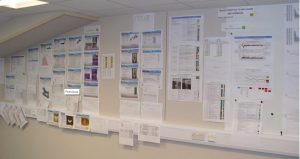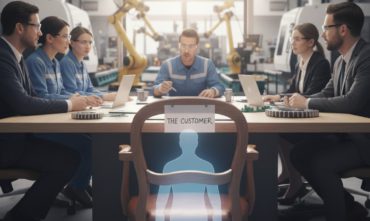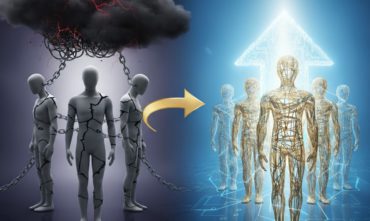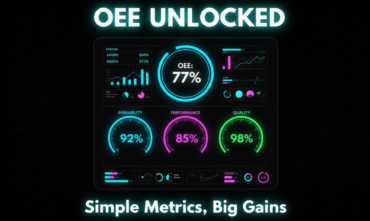
“Performance Rooms” a powerful Visual Management Tool.
Over the last few months I had a number of discussions regarding what I call “Performance Rooms” others call “War Rooms” (never really been keen on that expression but as long as the process is followed what does it matter) or the Japanese term “Obeya Rooms”. I will use Obeya in this article.
These rooms and the disciplined approach to the process behind them helps businesses to reach their strategic/tactical goals and promotes the creation of solutions and actions that can be developed and implemented quickly. The aspect of Managing Performance Improvement for any business undertaking Growth or Lean.
The following is an overview to understand the theory behind it.
Obeya is based on a simple idea that we dedicate: time, space, the coordination to root cause analysis and problem solving so that organisational barriers are minimised. This ability to maintain a disciplined approach to real-time problem awareness, listening to team members concerns, making discoveries, resolving problems, collaborating and above all developing/mentoring our people is critical to the success of a business.
They promote the coordination and implementation of Strategic and Tactical issues by mobilising and pulling together the intellectual resources of all employees in the service of the firm.
The following are different types of Obeya Rooms (not limited to):
Product Launch; when developing a new product, managers responsible for decision making in design, production engineering, and manufacturing gather in one place to shorten the lead-time through real-time problem resolution.
Business Process Layout: Centralised data collection, prioritising and action planning.
Focused: Project Performance Rooms, SQPDC, A3 Problem Solving, Continuous Improvement rooms.
Observations to consider when looking at Obeya Rooms :
- Use two colors when tracking status, Red and Green. This avoids ambiguities; the status is ON TARGET or NOT.
- Define SMART metrics (Specific, Measurable, Attainable, Realistic, Timely), no more than 3-5 focused metrics as more would be impractical for every day review.
- Problem, Follow-Up and Countermeasure Boards are mandatory, the team must be prompted to solve issues immediately. The deferment/stalling to solving the problem is not allowed.
- Meeting Discipline – Punctuality, Question and Challenge with dignity and Respect and the meeting should last no more than 30mins.
- The flow for review takes the shape of Check, Plan, Do, Check, Act instead of the normal PDCA.
0330 311 2820
More Blog Posts







To leave me a message or book a return call at a time that suits you









